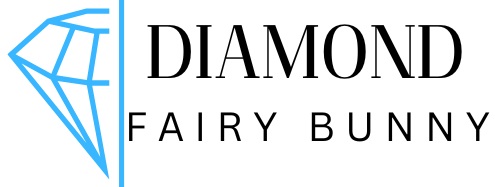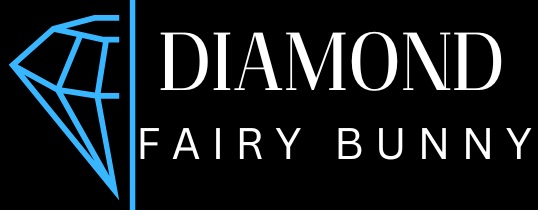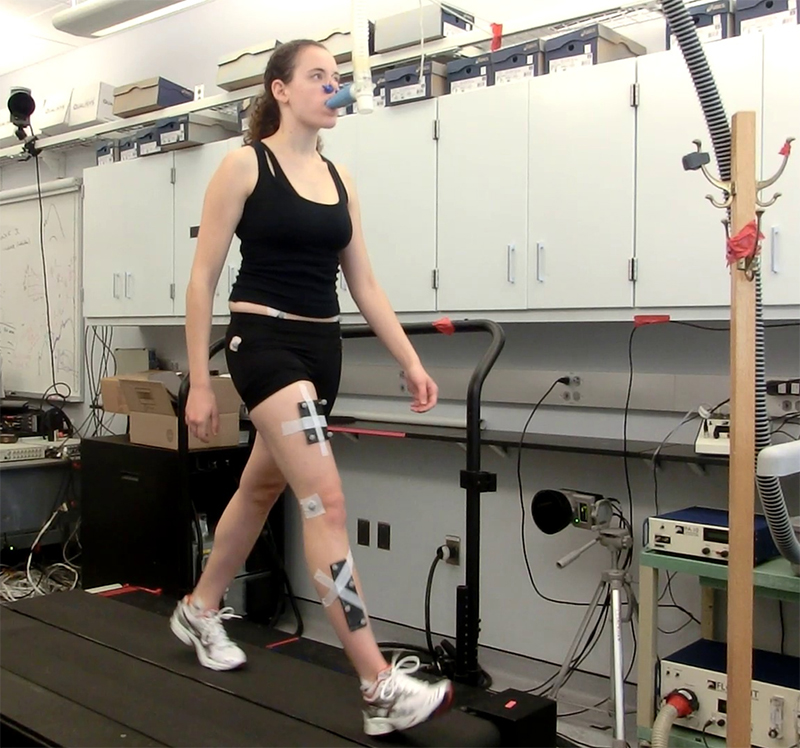Introduction to the unusual award n.13
Have you heard about the unusual award n.13? It’s causing quite a stir in discussions around beauty and body image. This recognition celebrates extreme gluteal proportions in African women, igniting conversations that delve deep into cultural perceptions of beauty. But beyond the attention it garners, there’s a lot to unpack about what this award signifies for individuals and society as a whole. unusual award n.13: extreme gluteal proportions in african woman
As we explore the layers behind this unusual accolade, it’s essential to consider its implications on self-esteem and body positivity. Join me as we navigate through controversy, significance, and the broader message behind celebrating diverse body types. Together, let’s unravel why this award is more than just an oddity—it reflects changing perspectives on beauty standards across cultures!
The controversy surrounding the award
The unusual award n.13 has sparked intense debate within various communities. Critics argue that it objectifies African women, reducing their identity to mere physical attributes.
Some see this recognition as a celebration of beauty; others perceive it as an outdated standard that reinforces stereotypes. The conversation around the award often strays into uncomfortable territory regarding cultural appropriation and exploitation.
Moreover, there is concern about what such awards communicate to young girls growing up in a world filled with unrealistic body standards. For many, the emphasis on extreme gluteal proportions feels like another way to pigeonhole female bodies into narrow definitions of attractiveness.
In light of these discussions, it’s essential to navigate the complexities surrounding this award thoughtfully and respectfully. The voices opposing the accolade highlight significant issues related to representation and respect for diverse body types beyond just one idealized form.
The significance of extreme gluteal proportions in African women
Extreme gluteal proportions in African women hold deep cultural significance. These features often symbolize fertility, beauty, and strength within various communities. They reflect a rich history tied to traditional ideals.
In many cultures across the continent, curvy silhouettes are celebrated as markers of femininity. This perspective challenges Western notions of beauty that frequently prioritize slimmer figures. There’s an inherent pride associated with these body types.
Moreover, extreme gluteal proportions can signify social status and prosperity in certain regions. Women who possess these traits may be revered for their physical attributes, enhancing their standing in society.
Understanding this context invites a broader conversation about diversity in beauty standards globally. It encourages appreciation rather than judgment when observing different body shapes and sizes among cultures worldwide.
Cultural and societal perceptions of beauty and body ideals
Cultural and societal perceptions of beauty vary widely across the globe. These ideals are shaped by history, media representation, and community values. What one culture celebrates may be viewed differently in another.
In many African societies, curvaceous figures have long been associated with fertility and health. Women who possess extreme gluteal proportions often embody these attributes. This aspect of beauty is deeply rooted in traditions that honor the female form.
However, globalization has introduced competing standards of attractiveness influenced by Western ideals. Thinness is frequently hailed as the ultimate goal, creating tension within communities that appreciate diverse body types.
Social media amplifies this conversation further. While it offers a platform to celebrate various physiques, it can also perpetuate unrealistic expectations through filters and retouched images. The dialogue around body image remains complex and ever-evolving as cultures intersect in today’s world.
The impact of the award on body image and self-esteem
The unusual award n.13: extreme gluteal proportions in African women can have a profound impact on body image and self-esteem.
For some, this recognition may ignite feelings of pride. It highlights physical traits that are often celebrated within certain cultures. This validation can boost confidence among those who identify with these ideals.
Conversely, the award could reinforce unrealistic standards for others. The spotlight on specific body types might lead to comparison and dissatisfaction. Instead of fostering appreciation, it risks promoting a narrow view of beauty.
Social media plays a significant role in amplifying these effects. Images shared online create pressure to conform to specific aesthetics. Many feel compelled to alter their bodies or self-image based on external expectations.
Navigating this complex landscape requires reflection and dialogue about diverse representations of beauty. Embracing all shapes and sizes is vital for nurturing healthy self-esteem across communities.
Addressing misconceptions and promoting body positivity
Misconceptions surrounding body types often stem from cultural stereotypes and narrow beauty standards. The unusual award n.13: extreme gluteal proportions in African women can perpetuate these myths, leading to unrealistic expectations.
Promoting body positivity is crucial for dismantling these ideas. It encourages individuals to appreciate their bodies as they are, without comparison or judgment.
By celebrating diverse forms, we challenge societal norms that dictate what is considered attractive. This shift fosters self-acceptance among women of all shapes and sizes.
Discussions around the award should pivot towards empowering narratives rather than objectification. Highlighting personal stories helps humanize the experience behind such accolades.
It’s about embracing uniqueness and understanding that every body tells a story worth sharing. Body positivity thrives when we honor diversity instead of conforming to one-dimensional ideals.
Conclusion: Celebrating diversity and embracing all body types
Celebrating diversity is essential in today’s world. The unusual award n.13 shines a light on the extreme gluteal proportions of African women, highlighting a unique aspect of body representation that often goes unnoticed. Such recognition encourages appreciation for varied beauty standards and challenges narrow definitions of attractiveness.
Embracing all body types fosters a more inclusive society where individuals feel valued regardless of their shape or size. This award serves as a reminder to uplift diverse representations rather than diminish them under societal pressure. By promoting acceptance, we create an environment where everyone can celebrate themselves authentically.
The importance lies not just in the physical attributes but also in understanding cultural significance. Each body tells its own story shaped by heritage, tradition, and personal experiences. We must appreciate these narratives while recognizing that beauty comes in countless forms.
Encouraging conversations about body positivity helps combat misconceptions and stereotypes surrounding different physiques. It empowers individuals to love their bodies unapologetically while inspiring others to do the same.
As we move forward, let us continue celebrating uniqueness—acknowledging every curve, contour, and characteristic that makes us who we are contributes to the rich tapestry of humanity’s beauty narrative.



